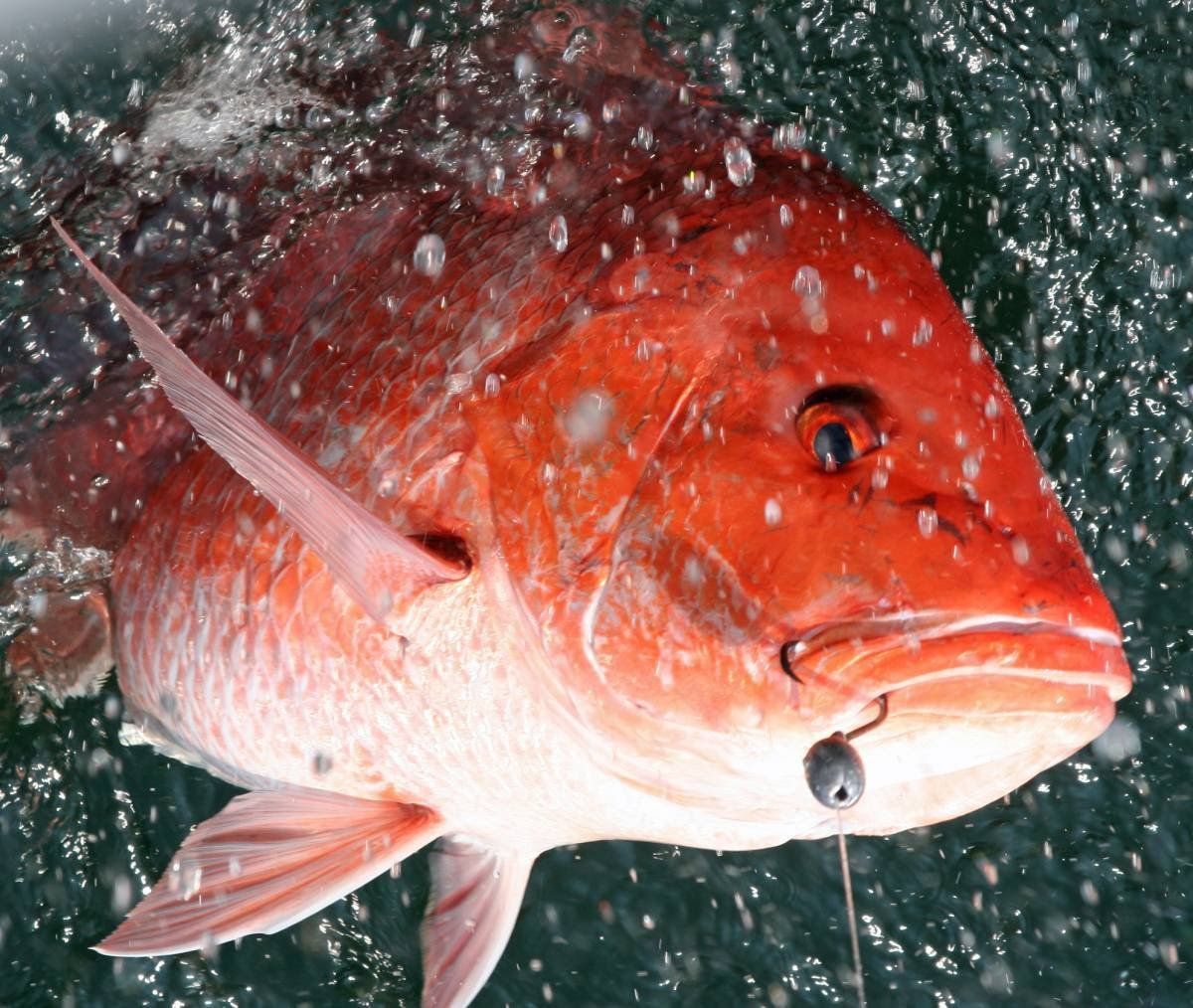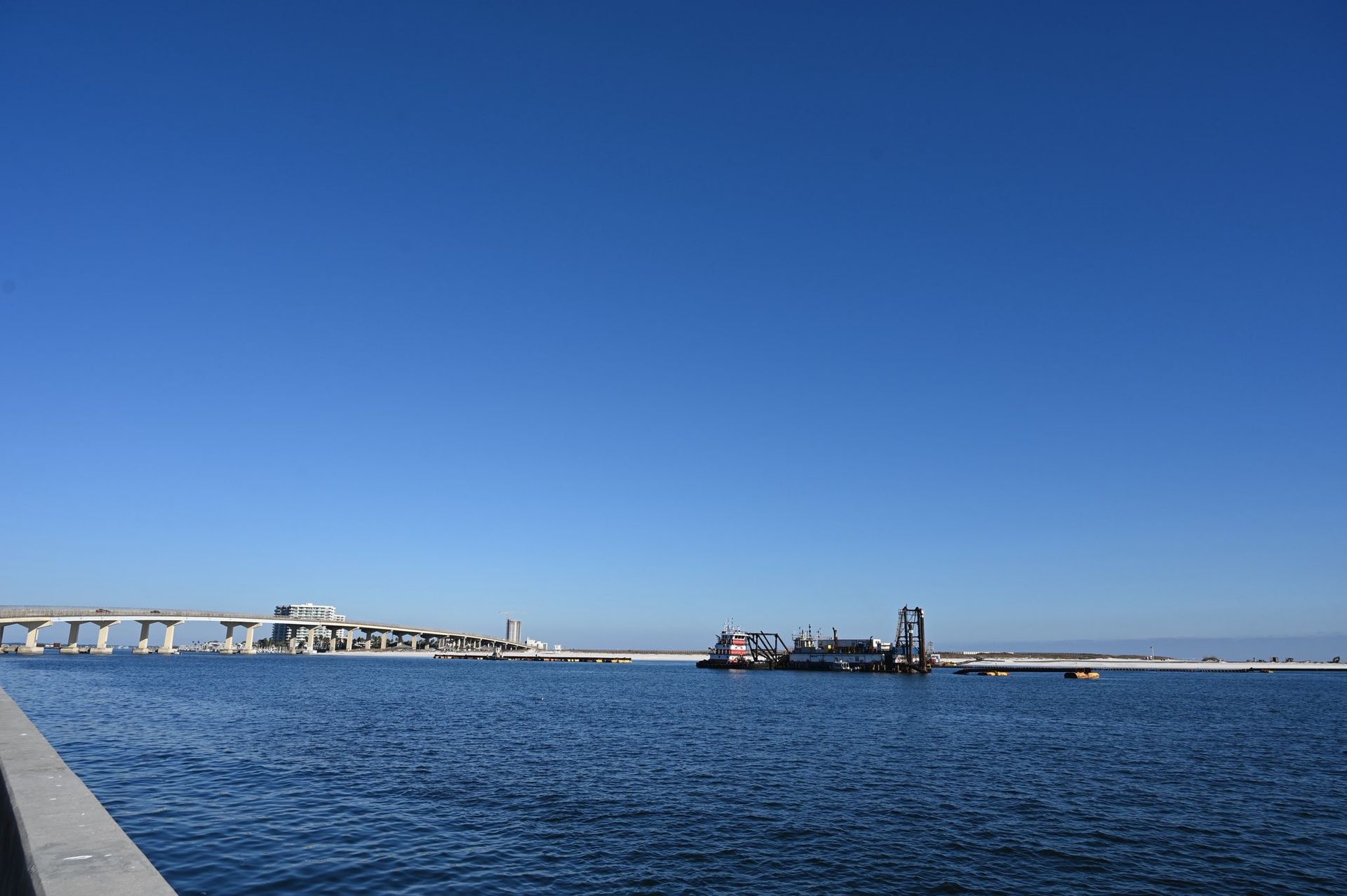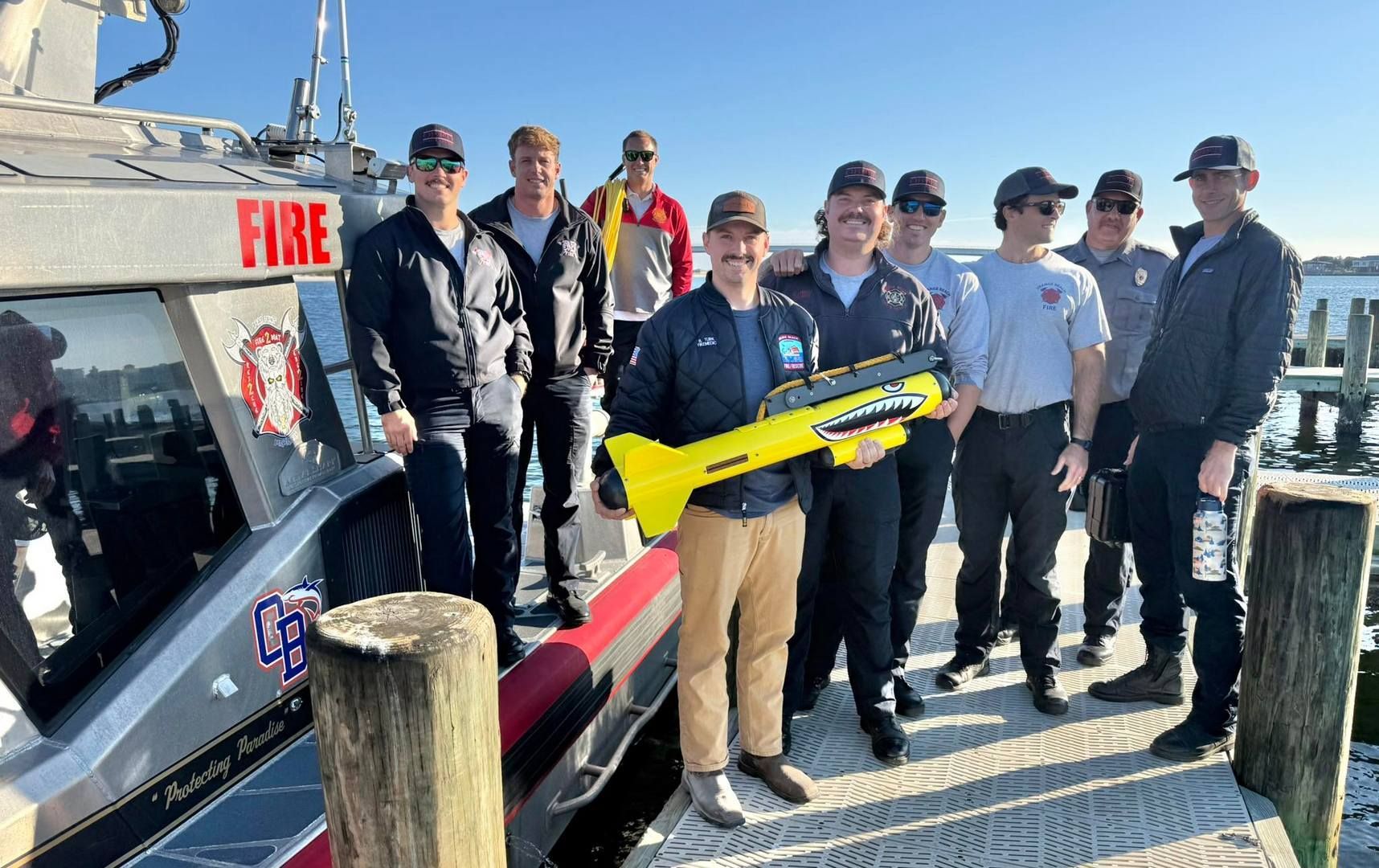NOAA Uses AI and Sonar to Track Red Snapper in the Gulf
Gulf fisheries get help from artificial intelligence and sonar

Orange Beach, Ala. – (OBA) – NOAA Fisheries is using advanced technology and artificial intelligence to gather better data on red snapper and reef fish in the Gulf of Mexico, according to a report from NOAA Fisheries on April 15, 2025. In February, NOAA tested new equipment aboard a research vessel. This technology combines video and acoustic cameras, echosounders, and artificial intelligence to estimate red snapper abundance even in poor visibility conditions.
Saltwater fishing plays an important role in the Southeast United States. Offshore fishing in the Gulf is a top tourist draw, especially in Orange Beach and the Florida Panhandle with red snapper being the most prized fish among anglers and coastal communities.
Stock assessments estimate recreational catch, effort, and discards. These numbers help decide saltwater fishing seasons and are vital to sustainable fish management and the region’s economy.
NOAA Fisheries’ Southeast Fisheries Science Center creates stock assessments. These reports use scientific data to show fish population health and predict sustainable harvests for red snapper and other reef species.
Red snapper live between 30 and 620 feet deep. Scientists use sonar and active acoustic technologies to study their habitats quietly and without disturbing marine life.
Echosounders send sound pulses underwater that bounce off objects like fish. Scientists then analyze the returning echoes to detect and count species, including red snapper.
In addition to acoustic data, researchers gather video footage and other data to verify findings. This combination improves the reliability of the red snapper abundance estimates.
NOAA is also creating a cloud-based tool to make data easier to access and analyze. The tool will allow scientists to load, transform, and study acoustic data from across the country.
Traditionally, scientists had to manually review underwater video to identify fish. Now, artificial intelligence will accelerate the process and help accurately record species, abundance, and fish health.
The use of AI and acoustic monitoring promises faster, more reliable reef fish data. This helps millions of anglers and boosts Gulf Coast economies by supporting healthy fisheries.
This work is part of NOAA Fisheries' larger goal to modernize how it collects, manages, and uses scientific data for better fishery management across the United States.
Learn more about NOAA Fisheries’ advanced technologies and red snapper research at the NOAA Fisheries website.
Share this article w/ Friends...











